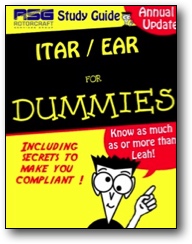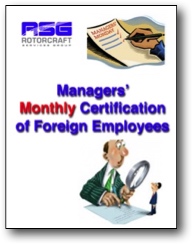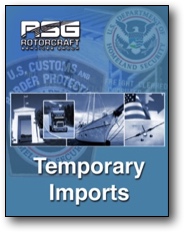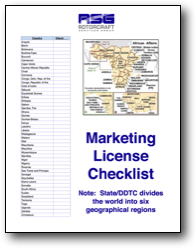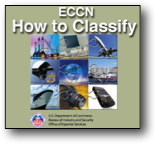2021 Update - Study Material
Study Guide - Annual Update. This is intended to assist you prepare for the Export Compliance Annual Update Test. It includes the information on this page, and previews the material referenced in the test questions, but is not intended to be a substitute for reviewing the reference documents, below. As an experienced RSG employee, you are expected to have a more in-depth understanding of relevant export-control regulations and RSG procedures. As always, should you have any questions, please contact our export compliance officer, Ms. Leah Purdom.
Foreign Employee Monthly Certification Form. Any RSG employee who is a non-U.S. person (i.e. foreign nationals without permanent residency status), must be “red-badged” and covered by a “personnel license” per the ITAR and/or the EAR unless they are sequestered (including after-hours) from access to defense articles or technical data associated therewith, including drawings, software, and other technical data, either electronic or hard copy. For each employee covered by such a license, this form must be signed monthly by his/her supervisor, and turned in to the RSG Export Compliance Officer by the 15th calendar day of each month. This serves as a reminder.
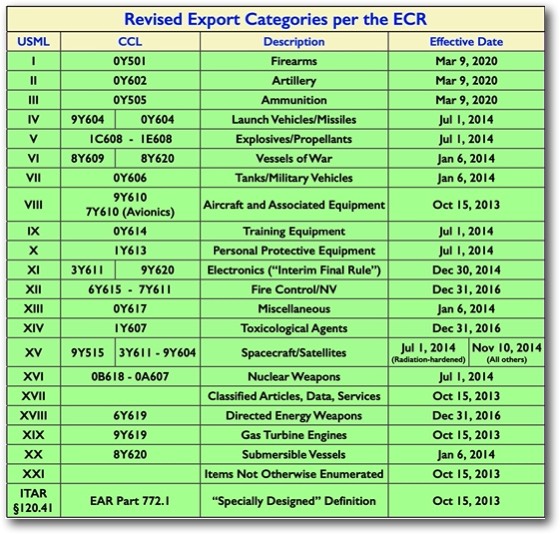
Finally, in the table to the left, under “CCL”, when you see the letter “Y”, that is a placeholder for the “Group” letter in an ECCN that can stand for one of these five Groups:
A = Hardware (Equipment, Assemblies and Components)
B = Test, Inspection and Production Equipment
C = Materials
D = Software
E = Technology
It is this last group, “E”, that gives rise to the phrase “Group E license” to mean the equivalent of an ITAR Technical Assistance Agreement. Group E ECCNs are also used for Department of Commerce “employee licenses”, which are also referred to, variously, as “deemed export licenses”. All mean virtually the same, as they authorize the release of “technology” to foreign persons.
Temporary Imports. These are done for a variety of reasons. We might import items (commercial and military) in order to evaluate the items generally. Or even occasionally to repair something we previously exported to a customer.
But like most everything in the world of the ITAR or EAR, there is a right way and a wrong way to do this. Our employees must have a general facility with these procedures -- shipping and receiving personnel most deeply, but also managers and planners -- in order to understand how much time to allow for doing things right. This document is meant to help you.
But like most everything in the world of the ITAR or EAR, there is a right way and a wrong way to do this. Our employees must have a general facility with these procedures -- shipping and receiving personnel most deeply, but also managers and planners -- in order to understand how much time to allow for doing things right. This document is meant to help you.
Marketing Licenses. (a.k.a. "hunting license"). When do you need one? Here is what you must do.
- Classify the Item. Must know this in order to know whether ITAR or EAR, and whether licensable.
- Marketing Material. Clear whether it is "technical" enough to need coverage. You'd be surprised how much detail you can "pitch" under NLR rules.
- Checklist of Countries. Use this form to check off the desired countries, if it turns out you do need a license from either State or Commerce.
- Coordinate with your Empowered Official. Especially steps 1 and 2, which can be quite tricky.
Classification Brochure. Published by the US Commerce Dept.
Employee Responsibilities. You will not have to fully classify any item - that formal task is under RSG's Empowered Officials. However, you may well be asked to provide technical input for that purpose, including especially reviewing some candidate ECCNs provided by the company Empowered Official. This is why you must gain at least some basic familiarity with the ECCN and its structure.
Commerce Dept. This brochure explains the basics of EAR/CCL classification, by deciding on an ECCN. The lowest classification under the EAR/CCL is called EAR99, which for most destinations and most purposes can be exported with No License Required (NLR).
State Dept. In many ways the US Munitions List within the ITAR is much simpler than the Commerce Control List structure. If a sensor is on the USML, then that sensor requires an export license or a written exemption - period.
EAR/CCL/ECCN vs. ITAR/USML/Category. An individual item can be classified as a commercial article with an ECCN or as a defense article under a USML category. Don't worry, though. Generally you will be advised as to whether an item is being considered for the CCL vs. the USML. We will solicit your input in the proper context.
Employee Responsibilities. You will not have to fully classify any item - that formal task is under RSG's Empowered Officials. However, you may well be asked to provide technical input for that purpose, including especially reviewing some candidate ECCNs provided by the company Empowered Official. This is why you must gain at least some basic familiarity with the ECCN and its structure.
Commerce Dept. This brochure explains the basics of EAR/CCL classification, by deciding on an ECCN. The lowest classification under the EAR/CCL is called EAR99, which for most destinations and most purposes can be exported with No License Required (NLR).
State Dept. In many ways the US Munitions List within the ITAR is much simpler than the Commerce Control List structure. If a sensor is on the USML, then that sensor requires an export license or a written exemption - period.
EAR/CCL/ECCN vs. ITAR/USML/Category. An individual item can be classified as a commercial article with an ECCN or as a defense article under a USML category. Don't worry, though. Generally you will be advised as to whether an item is being considered for the CCL vs. the USML. We will solicit your input in the proper context.
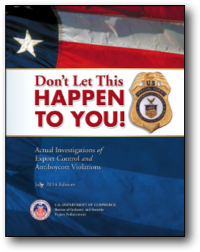
Means just what it says. Details real-life cases from Commerce’s Bureau of Industry and Security, which handles their export licensing and enforcement. This booklet comes from Commerce’s compliance group, but the types of carelessness enumerated in this booklet would also result in violations under the ITAR if the goods involved were defense articles. Both Commerce (under the EAR) and State (under the ITAR) have export compliance rules that apply to RSG. We include this booklet, in part, because State doesn’t publish so handy a compendium of sample violations. But also, even though much of our licensing historically has been under the ITAR, because of the ECR regulatory reform, RSG will have significant and increasing responsibilities under the EAR (for which, see the next reference, below).

